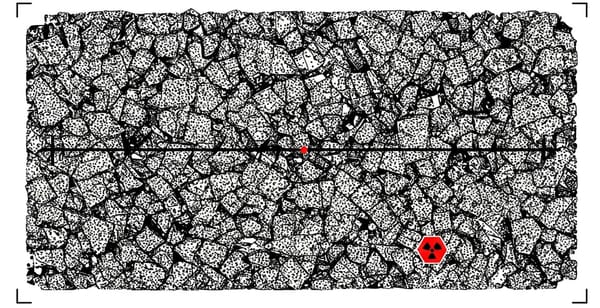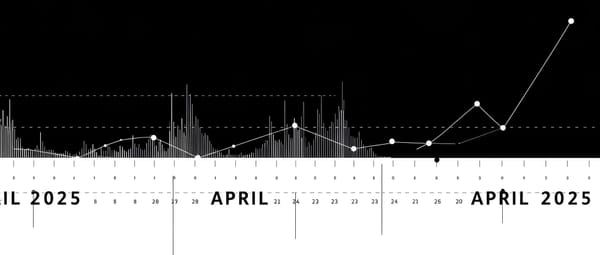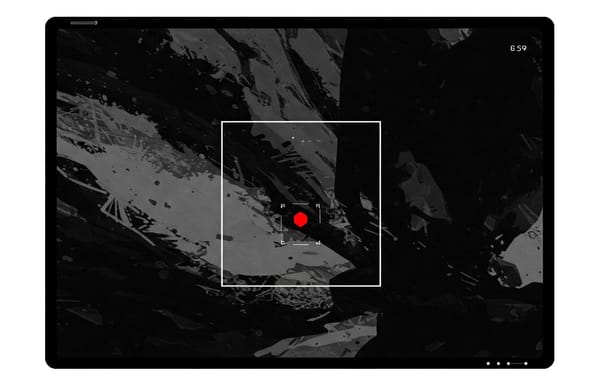Are We Ready for a ‘Dirty Bomb’ Attack? How Smart Strategies Can Save Lives and Costs
Are We Ready for a ‘Dirty Bomb’ Attack? A radiological attack could cause mass panic, but smart planning can save lives and costs. Research shows that the most efficient strategy is a mix of rapid screening and targeted antidote use. How should governments prepare?

Introduction: A Threat We Can't Ignore Imagine this: A major city is thrown into chaos. An explosion rocks a crowded area, but instead of just fire and smoke, it disperses radioactive material. Panic ensues. Hospitals are overwhelmed with thousands fearing contamination. This is the terrifying reality of a ‘dirty bomb’ attack—a radiological dispersal device (RDD) that spreads radioactive material using conventional explosives.
While an actual attack has never happened, evidence suggests terrorist groups have considered it. The question is, are we prepared? Researchers have analyzed the most effective medical response strategies, weighing the costs and benefits of stockpiling antidotes versus investing in screening equipment. Their findings reveal a crucial balance that could save lives while optimizing resources.
What Happens in a Dirty Bomb Attack? Unlike nuclear bombs, which cause massive destruction and radiation exposure, dirty bombs primarily create psychological and economic turmoil. The real danger comes from internal contamination—radioactive particles inhaled or ingested by victims. This contamination increases long-term cancer risks and other health effects.
Medical countermeasures focus on two priorities:
- Identifying who is actually contaminated – Many exposed people won’t have inhaled harmful amounts of radiation, but without proper screening, mass panic could lead to unnecessary treatment.
- Administering decorporation agents – Special antidotes like Prussian Blue (for cesium-137 exposure) and Ca-DTPA (for americium-241 exposure) help remove radioactive particles from the body, significantly reducing radiation absorption and long-term health risks.
The Big Question: How Do We Optimize Resources? In a large-scale attack scenario with 60,000 potentially contaminated victims, response planners must decide where to invest resources. Should they stockpile millions of antidote doses to treat everyone just in case? Or would high-efficiency radiation screening equipment allow them to pinpoint who truly needs treatment?
Researchers compared different response models and found that the most cost-effective and medically efficient approach involves a strategic mix of screening units and antidote stockpiles. The key insights:
- High-throughput screening using monitoring portals is ideal for detecting cesium-137 contamination. These portals can scan thousands of people per day, helping authorities rule out those who don’t need treatment, thereby reducing unnecessary antidote use.
- For americium-241 exposure, more sensitive whole-body counters are required because standard monitoring portals may not detect low-energy radiation. However, these counters have lower screening capacities, requiring more units or extended operation times.
- The ideal preparedness model includes six monitoring portals and 25 whole-body counters, significantly reducing antidote stockpile requirements and associated costs.
Why This Matters: The Cost of Saving Lives Every public safety decision has economic implications. The study found that the cost of saving one statistical life-year using this optimal strategy is approximately €33,860 for cesium-137 exposure and €322,343 for americium-241 exposure. While expensive, these costs are comparable to, or even lower than, investments in environmental safety and occupational health.
Additionally, researchers highlight the need for well-trained personnel to operate screening equipment effectively. Increasing operational hours from 10 to 20 hours per day could improve efficiency without requiring additional equipment purchases.
Final Thoughts: Preparedness is a Political Choice Investing in radiological emergency preparedness is not just a matter of logistics—it’s a political and ethical decision. Governments must weigh the costs of stocking antidotes, purchasing screening equipment, and training emergency responders against the potential loss of life and public health consequences of an unmitigated attack.
A dirty bomb attack remains an unpredictable threat, but optimizing medical countermeasure resources can maximize life-saving potential while minimizing financial waste. The challenge is ensuring that decision-makers take these insights seriously before an emergency forces their hand.
What’s your take? Should governments invest more in radiological emergency preparedness, or is the threat overblown? Let’s discuss in the comments.




